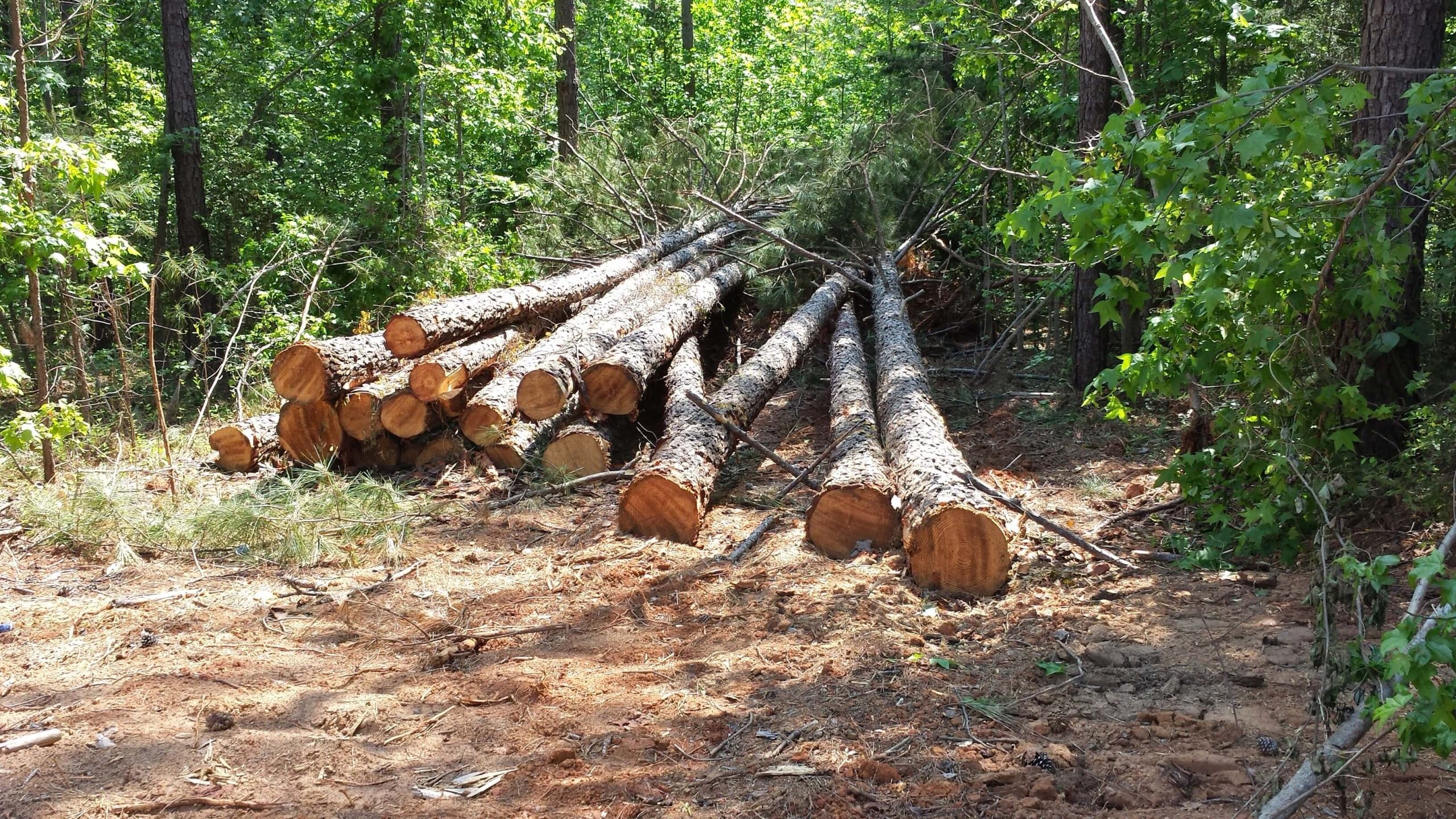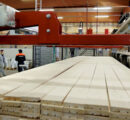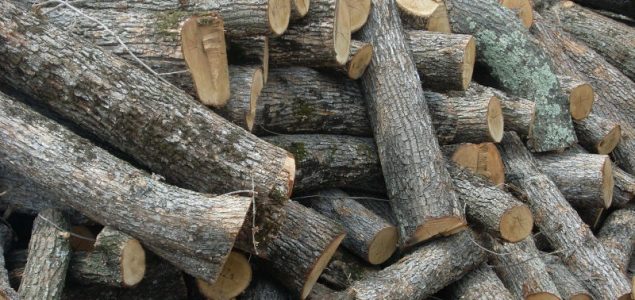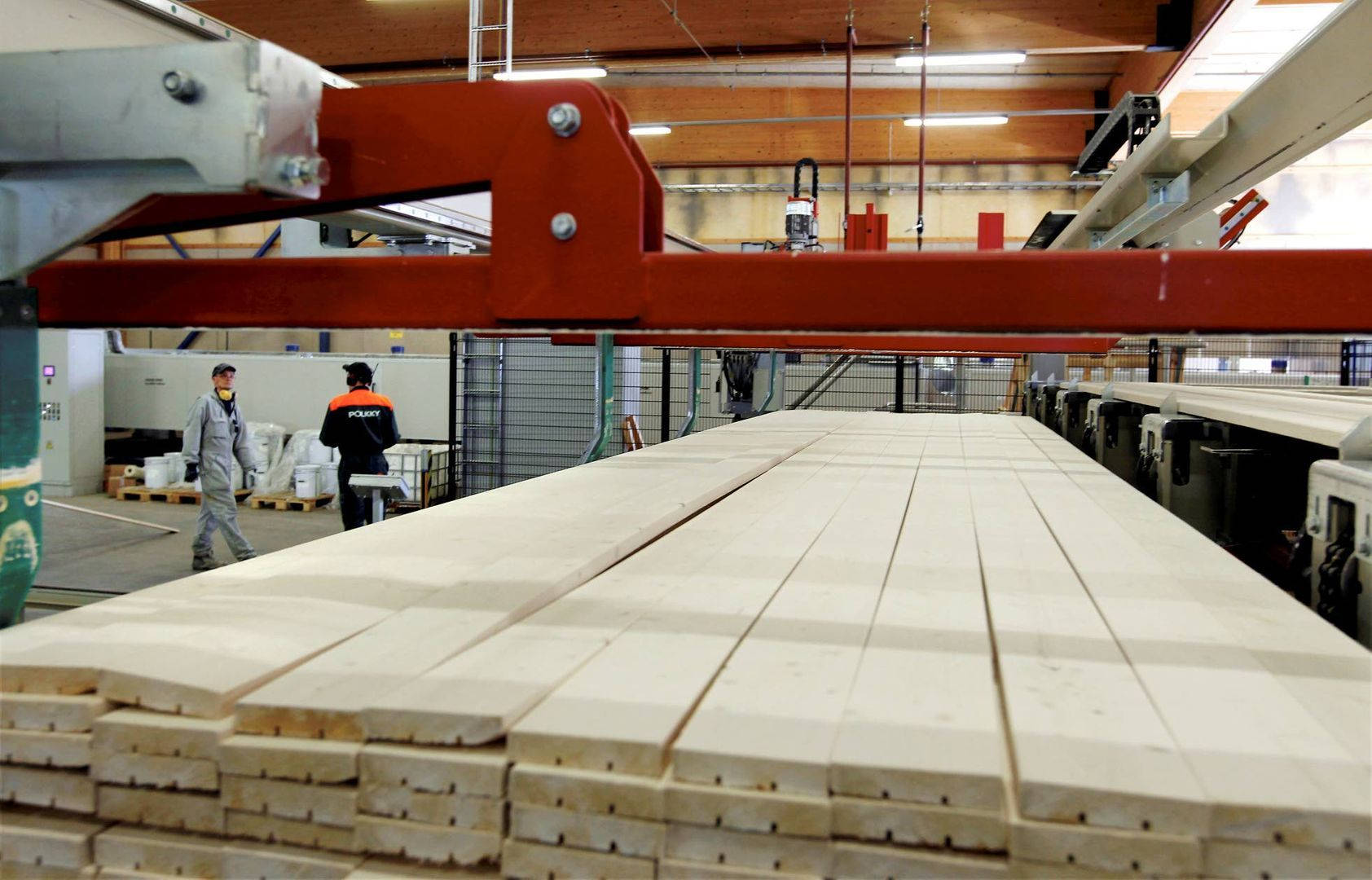Published / Reported by WOOD PRICES
Hakan Ekstrom
EXCERPT
The US South’s softwood industry has enormous potential for a variety of reasons. The region has a significant forest resource with room for expansion, low and stable wood costs, and a thriving lumber and pellet manufacturing sector. The local forest industry is set to grow in the coming years and play a more prominent role in regional and global forest product markets. This expansion will lead to a tighter log market, but growth will still exceed harvests (drain) in most states. Longer-term, the drain could overtake growth in some states unless the productive forest area expands, harvest yields improve, or access to small woodlots and underutilized forest increases. It should be noted that wood markets are often very local, and the demand-supply balance can vary significantly in micromarkets within individual states.
The sawmilling industry is the largest end-user of softwood logs in the US South and is also the sector that has increased capacity the most over the past decade. Lumber output has grown from 26% of North American production in 2011 to 33% in 2021. Lumber producers in the region are still not likely to be significant players in international markets due to expected strong domestic demand and declining imports from Canada. However, the continued expansion in capacity will help reduce the US lumber import demand in the coming years.
Pulp mills receive about one-third of harvested softwood roundwood in the US South. With the pulp sector not expected to expand in the short-term, wood fiber demand will not change much. With increases in residue supply from the expanding lumber sector, there will be less demand for softwood pulplogs, a trend that will probably intensify in the coming years.
In the new Focus Report: US South Softwood Industry – Outlook for the world’s most important softwood fiber basket, Wood Resources International (WRI) and O’Kelly Acumen establish a fact base around the forest resources and industry in the Southern US.
The report also highlights plans for increased manufacturing capacity, reduced US lumber import needs, and opportunities for forest products exports from the world’s largest softwood forest product-producing region.
One of the conclusions from the study is that the expansion of the lumber industry in the South looks set to outpace wood fiber-based industries (pellets, panels, and pulp), potentially creating a deficit in demand for small-diameter logs and sawmill residues.
Finding end-uses for smaller logs could be the most significant predicament for timberland owners in the US South in the coming decade. However, the surplus of small-diameter logs will create long-term opportunities to expand pulp and wood pellet sectors.
The post Sawlog Supply in the US South is Likely to Tighten but a Surplus of Small Logs and Residues will Create Long-Term Opportunities for the Expansion of the Pulp and Wood Pellet Sectors appeared first on Wood Prices.





